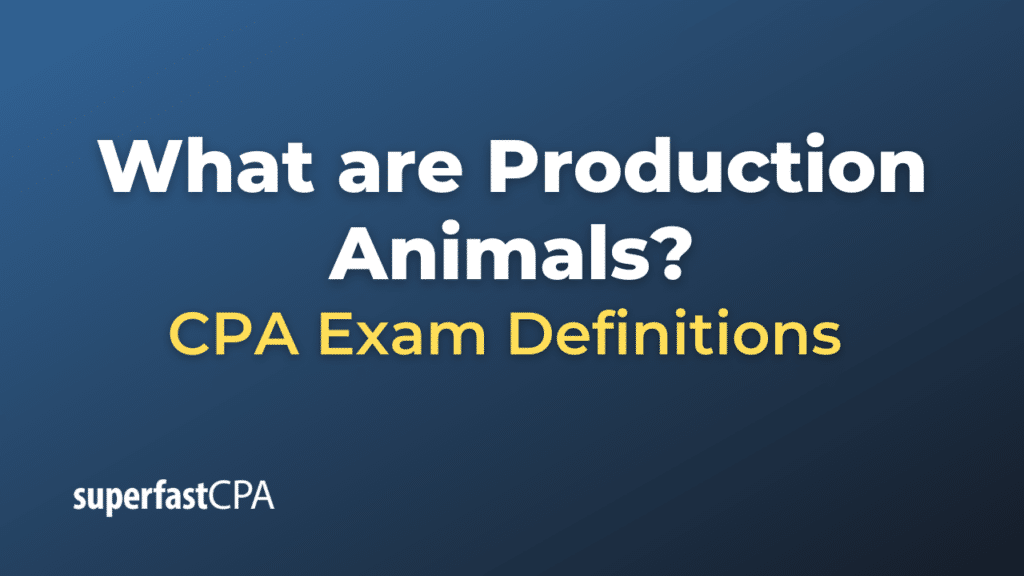Production Animals
Production animals, also known as livestock or farm animals, are animals raised in an agricultural setting to produce commodities such as food, fiber, and labor. These animals are used for the production of a wide range of products that humans use and consume.
Here are some examples:
- Cattle: Cattle are raised for various purposes, including milk production (dairy cattle), meat (beef cattle), and hides for leather. Some breeds, known as dual-purpose breeds, can be used both for milk and meat production.
- Pigs: Pigs are primarily raised for meat production (pork). They are also a source of leather and lard.
- Poultry: This includes chickens, turkeys, ducks, and geese. They are raised primarily for meat and egg production.
- Sheep: Sheep are raised for meat (lamb or mutton), milk (for cheese and yogurt), and wool production.
- Goats: Goats are raised for milk, meat, and sometimes fiber (like mohair from Angora goats).
- Fish and Shellfish: In aquaculture, fish, shrimp, and other aquatic animals are farmed for food.
- Honeybees: Though not typically classified as livestock, honeybees are raised for honey production, wax, and pollination services.
- Other Animals: Other production animals can include animals like rabbits (for meat and fur), deer (for venison and antler velvet), or silkworms (for silk).
These animals play a significant role in global agriculture and food production systems. They not only provide food and other materials but also contribute to livelihoods and the economic stability of many regions and communities.
Example of Production Animals
Let’s consider a hypothetical dairy farm, “Happy Cows Dairy,” as an example of a business that raises production animals.
Happy Cows Dairy maintains a herd of Holstein cattle, a breed renowned for their high milk production. These cows are the “production animals” of the farm. The farm’s primary source of income is selling the milk these cows produce.
Each cow in the herd is milked twice a day using a machine milking system. The milk is then stored in large refrigerated tanks. It is regularly collected by a dairy processing company, which pays Happy Cows Dairy for the milk based on its weight and quality.
The dairy processing company then processes the milk further to sell it as bottled milk or to use it as a raw material for other dairy products like cheese, butter, and yogurt.
In addition to milk, Happy Cows Dairy also sells some of the calves born on the farm to other dairy farmers or beef producers, providing an additional source of income.
In this example, the Holstein cows are the production animals. They are raised on the farm for the purpose of producing milk, which is sold as a commodity. The management of the cows, including their feeding, health care, breeding, and milking, is all geared towards maximizing the quantity and quality of milk they produce.













